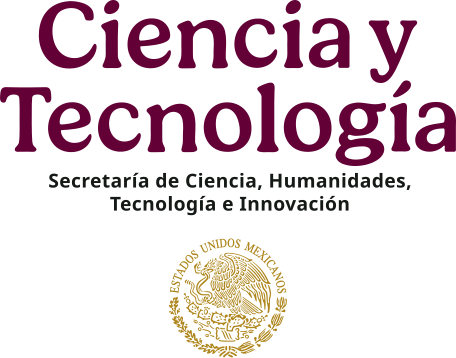Does Marriage after Migration Lead to Better Labor-Market Outcomes?
DOI:
https://doi.org/10.17428/rmi.v2i6.1266Resumen
Do women who marry after migration have a greater chance of finding a job than do women who marry before migration? Do women who marry after migration earn more, or have greater returns on their education, than do women who marry before migration? Do their husbands earn higher wages than those of women who marry before migration? These questions address a major question in immigration policy: Should that policy be based on family reunification? Some researchers believe that women who marry after migration are more independent and more successful in the job market. This belief may lead policymakers to curtail policies designed to reunite immigrant families.
Referencias
Bergstrom, Theodore C., “A Survey of Theories of the Family”, in M.R. Rosenzweig and Oded Stark (eds.), Handbook of Population and Family Economics, vol. 1A, Amsterdam, North-Holland, 1997, pp. 21-79.
———, and Mark Bagnoli, “Courtship as a Waiting Game”, Journal of Political Economy,101(1), 1993, pp. 185-202.
Chávez, Leo R., F. Allan Hubbell, Shiraz I. Mishra, and R. Burciaga Valdez, “Undocumented Latina Immigrants in Orange County, California: A Comparative Analysis”, International Migration Review, 31(1), 1997, pp. 88-107.
Duleep, Harriet Orcutt, and Seth Sanders, “The Decision to Work by Married Immigrant Women”, Industrial and Labor Relations Review, 46, 1993, pp. 677-90.
Funkhouser, Edward, and Stephen J. Trejo, “Labor Market Outcomes of Female Immigrants in the United States”, in National Research Council (ed.), The Immigration Debate, Washington, D.C., National Academy Press, 1998, pp. 239-88.
Gurak, Douglas T., and Mary M. Kritz, “Social Context, Household Composition and Employment among Migrant and Nonmigrant Dominican Women”, International Migration Review, 30, 1996, pp. 399-422.
Hill, Laura E.,“Managing Risk through Migration: Marriage, Divorce, and Childbearing Among Mexican and Central American Migrants”, Ph.D. dissertation, University of California at Berkeley, 1998.
Descargas
Publicado
Número
Sección
Licencia
Las/los autoras/es que publiquen en esta revista aceptan las siguientes condiciones:
- Las/los autoras/es conservan los derechos de autor y ceden a la revista Migraciones Internacionales (RMI) el derecho de la primera publicación, mediante el registro de los textos con la licencia de Creative Commons Atribución-No comercial-Sin derivar 4.0 internacional (CC BY-NC-ND 4.0), que permite a terceros utilizar lo publicado siempre que mencionen la autoría del trabajo y a la primera publicación en esta revista.
- Autorizan que su artículo y todos los materiales incluidos en él sean reproducidos, publicados, traducidos, comunicados y transmitidos públicamente en cualquier forma o medio; así como efectuar su distribución al público en el número de ejemplares que se requieran y su comunicación pública, en cada una de sus modalidades, incluida su puesta a disposición del público a través de medios electrónicos o de cualquier otra tecnología, para fines exclusivamente científicos, culturales, de difusión y sin fines comerciales.
- Los autores/as pueden realizar otros acuerdos contractuales independientes y adicionales para la distribución no exclusiva de la versión del artículo publicado en esta revista (por ejemplo: incluirlo en un repositorio institucional, página web personal; o bien publicarlo en un libro) siempre que sea sin fines comerciales e indiquen claramente que el trabajo se publicó por primera vez en Migraciones Internacionales (RMI), [agregando la ficha bibliográfica correspondiente: Autor/es. (año). Título del artículo. Migraciones Internacionales, volumen (número), pp. doi: xxxx ].
Para ello, las/los autoras/es deben remitir el formato de carta-cesión de la propiedad de los derechos de la primera publicación debidamente llenado y firmado. Este documento debe cargarse en formato PDF en archivos complementarios dentro de la plataforma OJS.
Este obra está bajo una licencia de Creative Commons Atribución-No comercial-Sin derivar 4.0 internacional (CC BY-NC-ND 4.0)..













